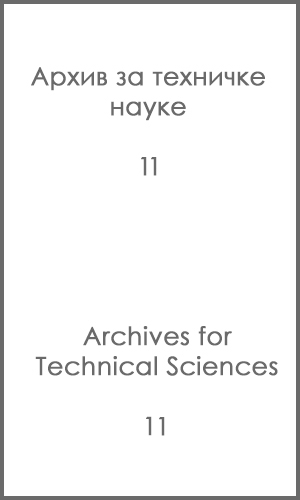CONTROL OF PARASITIC CONTAMINATION OF GREEN AREAS IN URBAN ENVIRONMENT - BELGRADE EXPERIENCE
DOI:
https://doi.org/10.7251/afts.2014.0611.073PAbstract
A steady increase in the number of dogs is a serious sanitary-epidemiological problem of urban areas. Those animals permanent contaminated those areas with faeces which present a significant health problem from human. Most frequent parasites are eggs of zoonotic helminthes Toxocara canis, Dipylidium caninum, Ancylostomidae spp., Taenia spp., Toxascaris leonina, Trichuris vulpis i Strongyloиdes stercoralis and protosoa oocysts of Giardia intestinalis, Amoeba spp. and Cryptosporidium spp. Infections are most exposed to children who play there and often unwashed hands placed in the mouth, introducing and parasite eggs in it. Soiled streets are also pidemiological and ecological problem. Stepping over dog feces on their shoes can bring the parasite eggs in the house and from there to infection is only a step. From these reason permanent control of parasitic contamination of public places (green areas, parks) and adequate control is only way of protection of human population in urban environmental condition.

